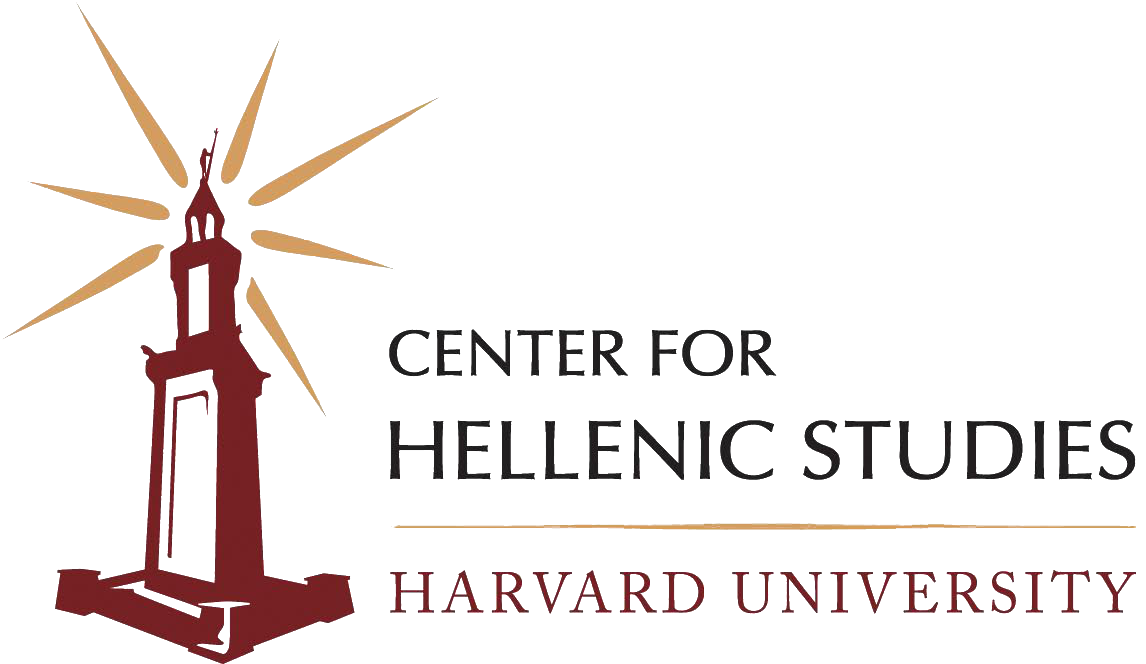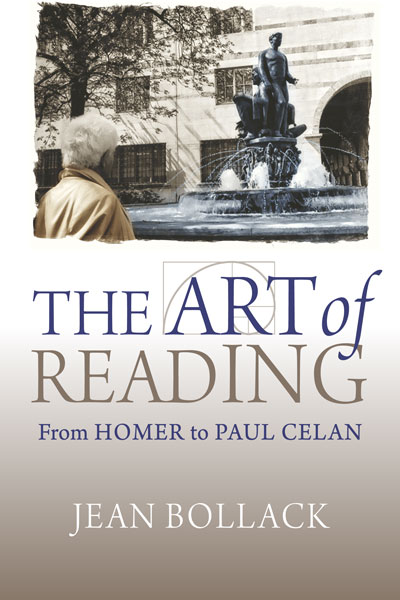-
Jean Bollack, The Art of Reading: From Homer to Paul Celan
Translators’ Preface
Foreword, Gregory Nagy
1. Learning to Read
2. Reading the Philologists?
3. Odysseus among the Philologists
4. Reflections on the Practice of Philology
5. Reading Myths
6. Purifications
7. An Anthropological Fiction
8. Reading Drama
9. An Act of Cultural Restoration: The Status Accorded to the Classical Tragedians by the Decree of Lycurgus
10. From Philology to Theater: The Construction of Meaning in Sophocles’ Antigone
11. Accursed from Birth
12. Two Phases of Recognition in Sophocles’ Electra
13. Reading the Cosmogonies
14. Empedocles: A Single Project, Two Theologies
15. The Parmenidean Cosmology of Parmenides
16. Expressing Differences
17. The Heraclitean Logos
18. Reading a Reference?
19. The Scientistic Model: Freud and Empedocles
20. Benjamin Reading Kafka
21. Reading the Codes
22. A Sonnet, a Poetics—Mallarmé: “Le vierge, le vivace …”
23. Between Hölderlin and Celan
24. Grasping Hermeneutics
25. A Future in the Past: Peter Szondi’s Material Hermeneutics
26. Reading the Signifier
27. The Mountain of Death: The Meaning of Celan’s Meeting with Heidegger
To cite this work:
Bollack, Jean. 2016. The Art of Reading: From Homer to Paul Celan. Trans. C. Porter and S. Tarrow with B. King. Edited by C. Koenig, L. Muellner, G. Nagy, and S. Pollock. Hellenic Studies Series 73. Washington, DC: Center for Hellenic Studies.
Translated by Catherine Porter and Susan Tarrow, with Bruce King
Edited by Christoph Koenig, Leonard Muellner, Gregory Nagy, and Sheldon Pollock
Extracts from the following books appear by permission of Editions du Seuil, Paris:
Jean Bollack, La Gréce de personne: les mots sous le mythe. © Editions du Seuil, 1997.
Empédocle. Les purifications. Un project de paix universelle. Commentary by Jean Bollack. © Editions du Seuil, 2003.



